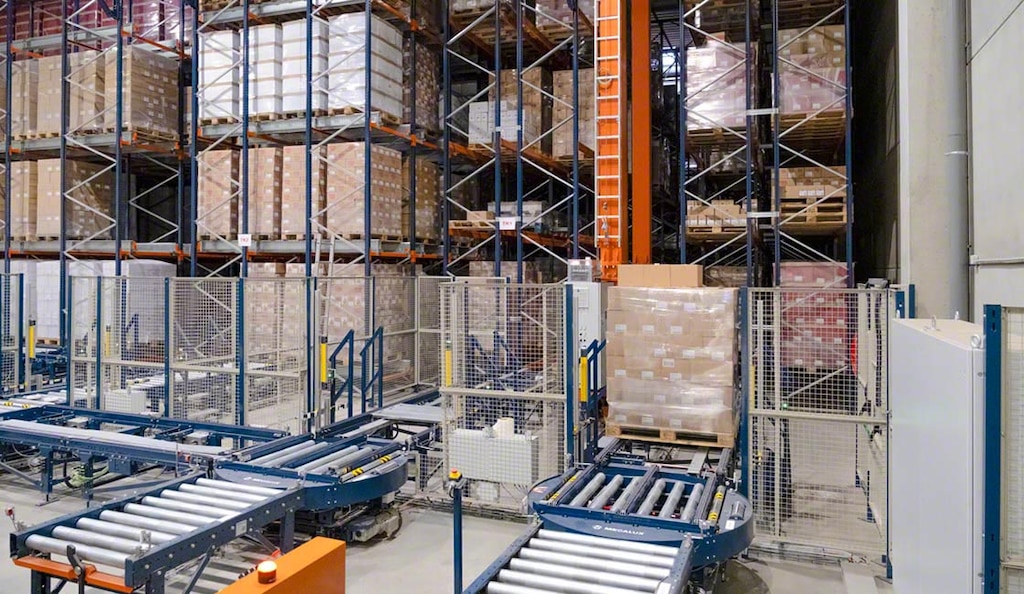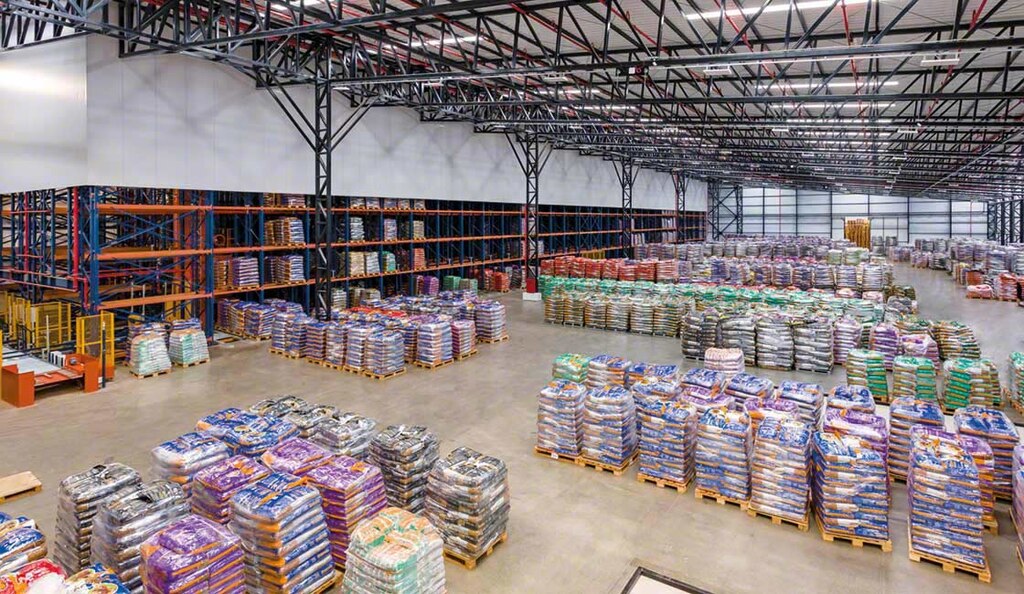
5PL providers: Strategic end-to-end partners
5PL (fifth-party logistics) providers have become strategic allies for companies looking to optimize their increasingly complex supply chains.
In this post, we delve into 5PLs, their advantages over other logistics models, and the types of companies that rely on them. We’ll also explore their role in the age of ecommerce and digitalization, where supply chain efficiency and visibility are critical to business success.
What does a 5PL do?
A 5PL provider is a strategic partner for the companies it supports. It manages the entire supply chain network, meaning multiple interconnected supply chains, on a global scale. In addition to offering transportation and warehousing services (typical of 3PLs) and overseeing logistics strategies (a 4PL role), a 5PL leverages cutting-edge technologies to orchestrate the network’s dynamic ecosystem. This encompasses suppliers, manufacturers, distributors, and customers, all interacting across various touchpoints.
5PL companies not only manage their clients’ logistics operations — they also oversee all supply chain relationships from end to end. Some of their responsibilities include outsourcing to external suppliers, sourcing components from different countries, and distributing goods to diverse markets through multiple channels. This holistic approach uses robotics, blockchain, AI (artificial intelligence), and other technologies to boost performance and operational accuracy.
One main goal of 5PL logistics providers is to deliver high visibility for businesses with complex supply networks. Such companies might face challenges like international trade and global market uncertainty.
What are the benefits of using a 5PL provider?
Outsourcing logistics operations to a 5PL can have several advantages, especially for companies with extensive supply chains. These are some key benefits:
- End-to-end integration. 5PL providers employ advanced technology to optimize every link in the supply network, from sourcing to last-mile delivery.
- Lower operating costs. Hiring a 5PL provider might involve a significant upfront investment. However, in the long run, it could reduce logistics costs by streamlining processes, minimizing inventory needs, eliminating inefficiencies, and establishing more cost-effective transportation routes.
- Risk management. By relying on a 5PL, companies can better navigate upheaval in a globalized market. Real-time tracking and analytics enable quick responses to supply chain disruptions.
- Global reach. 5PL providers manage interconnected supply networks across regions and countries, making it easier for businesses to scale logistics operations and enter new markets.
Although 5PL providers offer a comprehensive, in-depth view of the supply network, they also have certain drawbacks:
- Less control. By outsourcing all logistics operations, organizations may no longer have direct oversight of their processes.
- Complex implementation. Integrating a 5PL provider into an existing business structure often calls for exhaustive planning and effective change management.
- Reliance on the logistics provider. A close partnership with a 5PL can lead to high dependency. This may pose risks if the provider underperforms or contractual issues arise.

What’s the difference between a 3PL, a 4PL, and a 5PL?
A 5PL is an alternative to more traditional logistics providers like 3PLs and 4PLs. All three manage outsourced logistics operations to a greater or lesser extent. So choosing the right option for your business depends on the complexity and scope of your logistics network.
A 3PL provider handles specific logistics operations, including storage, inventory management, order fulfillment, transportation, and distribution. A 4PL takes things further by overseeing a company’s entire logistics strategy — from planning and design to execution and performance tracking.
A 5PL, meanwhile, is best suited for companies with advanced global supply networks, where optimization and automation are paramount. This type of logistics service provider takes full, comprehensive control of multiple supply chains, managing the global organization of the entire network. For example, a 5PL coordinates suppliers and manufacturers, ensures compliance with international trade regulations, refines transportation route planning, and oversees end-customer delivery.
The 5PL model has gained traction in recent years, driven by the demands of e-commerce logistics and other sectors with high-volume shipping needs. 5PL solutions are scalable and tailored to each client’s requirements.
The table below compares the logistics services offered by 3PL, 4PL, and 5PL providers:
| 3PL | 4PL | 5PL | |
|---|---|---|---|
| Role | Provides specific logistics services. | Manages and coordinates the entire logistics process. | Integrates advanced technologies into supply chain management. |
| Services offered | Transportation, warehousing, distribution, inventory management, etc. | Strategic oversight, coordination of multiple 3PLs, end-to-end supply chain management, etc. | Design and orchestration of logistics networks through automation and digital tools. |
| Technology | Basic to moderate use of tech and management systems. | Regular use of management systems to control and optimize operations. | Advanced technologies such as AI, big data, and automation for decision-making and global optimization. |
| Relationship with client | External logistics service provider. | Strategic partner overseeing the entire supply chain. | Strategic partner and global orchestrator optimizing large-scale logistics networks. |
| Complexity level | Low: Limited to operational logistics tasks. | Medium: Strategic supply chain planning. | High: Advanced management of multiple supply chains through technology. |
What types of companies use 5PL providers?
5PL services are ideal for businesses with complex supply networks looking to boost operational efficiency through advanced technologies. Organizations that can benefit from a 5PL’s integrated capabilities include:
- Large-scale ecommerce businesses. Online retailers managing high order volumes across various markets and aiming for greater profitability and flexibility to meet changing customer demand.
- Manufacturers with global operations. Companies that produce goods in different regions and require coordinated international supply and distribution.
- Retailers with extensive distribution networks. Large store chains needing centralized, effective logistics management to supply multiple sales points across diverse locations.
- Fast-growing startups with international ambitions. Businesses expanding globally that require agile, scalable logistics solutions without the financial strain of building their own infrastructure.

A more technological supply chain
A 5PL doesn’t just take control of third parties’ logistics operations — it designs, implements, and automates the entire supply network on a global scale. By leveraging technology, 5PL providers ensure agile, adaptable, cost-effective processes.
More and more companies with international operations and extensive distribution networks are turning to 5PLs to optimize their logistics operations. Through these partnerships, they gain a competitive edge without having to manage every link in the supply chain directly.
